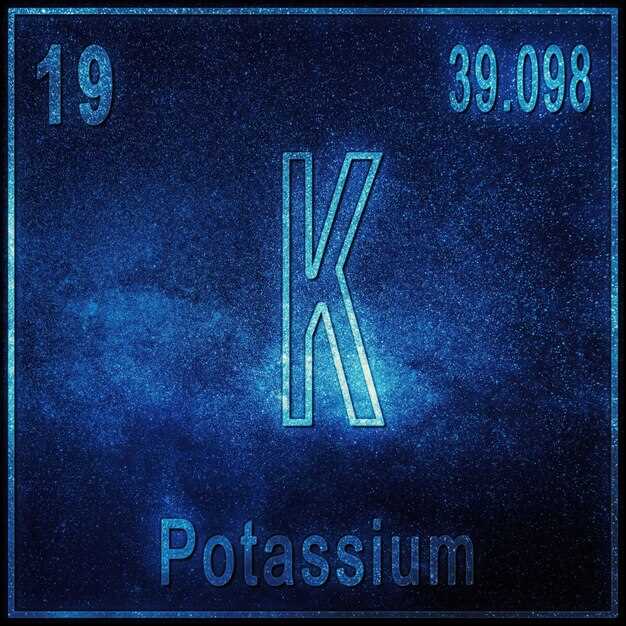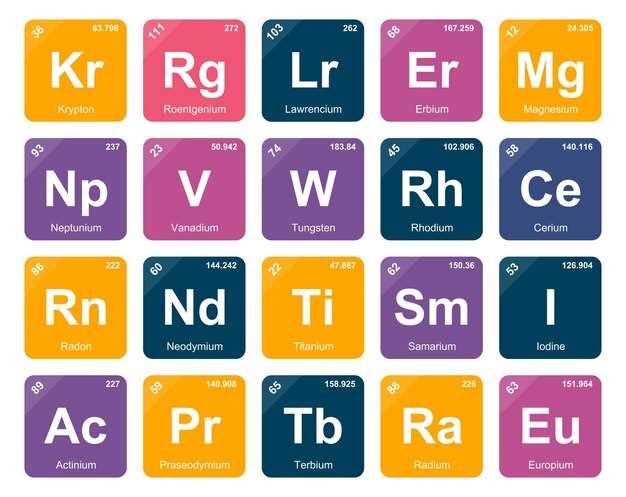
Discover the wonders of Losartan Potassium and its Moa, which stands for Mechanism of Action, in treating high blood pressure and various heart conditions.
Mechanism of action

Losartan potassium is an angiotensin II receptor antagonist that selectively blocks the binding of angiotensin II to the AT1 receptor in various tissues, such as vascular smooth muscle and the adrenal gland. By blocking the vasoconstrictor and aldosterone-secreting effects of angiotensin II, losartan potassium leads to vasodilation and decreases in blood pressure.
Furthermore, losartan potassium inhibits angiotensin II-induced secretion of aldosterone, leading to decreased sodium and water retention. This dual mechanism of action helps to reduce blood pressure and improve overall cardiovascular function.
Pharmacokinetics
Losartan potassium is well-absorbed from the gastrointestinal tract and undergoes first-pass metabolism in the liver to form its active metabolite, E-3174. The peak plasma concentration of losartan is reached within 1 hour after oral administration. The bioavailability of losartan is approximately 33% due to incomplete absorption and first-pass metabolism. The active metabolite has a longer half-life compared to losartan, allowing for once-daily dosing.
Metabolism
Losartan is metabolized by cytochrome P450 enzymes, primarily CYP2C9 and CYP3A4, to form the active metabolite E-3174. E-3174 has a much greater affinity for the angiotensin II receptor than the parent compound. Both losartan and its metabolite are predominantly excreted in the urine, with minimal fecal excretion.
The pharmacokinetics of losartan are linear and dose-proportional over the therapeutic dose range. The elimination half-life of losartan is about 2 hours, while the half-life of the active metabolite is approximately 6-9 hours. Plasma concentrations of losartan and its metabolites are not significantly affected by age, gender, or race.
Clinical efficacy
Losartan potassium has demonstrated clinical efficacy in the treatment of hypertension, diabetic nephropathy, and heart failure.
Hypertension
In clinical studies, losartan potassium has shown to effectively reduce blood pressure in patients with hypertension. It works by blocking the action of angiotensin II, a hormone that narrows blood vessels and increases blood pressure.
Diabetic Nephropathy
Losartan potassium has been found to slow the progression of diabetic nephropathy, a common complication of diabetes that affects the kidneys. By reducing blood pressure and protecting the kidneys from damage, losartan potassium can help improve kidney function in diabetic patients.
Side effects
Losartan potassium may cause various side effects, including:
Common side effects:
- Dizziness
- Fatigue
- Cough
- Headache
- Stomach pain
Less common side effects:

- Hypotension (low blood pressure)
- Hyperkalemia (high potassium levels)
- Renal impairment
- Rash
- Dyspepsia
It is important to contact a healthcare provider if any side effects occur while taking losartan potassium.
